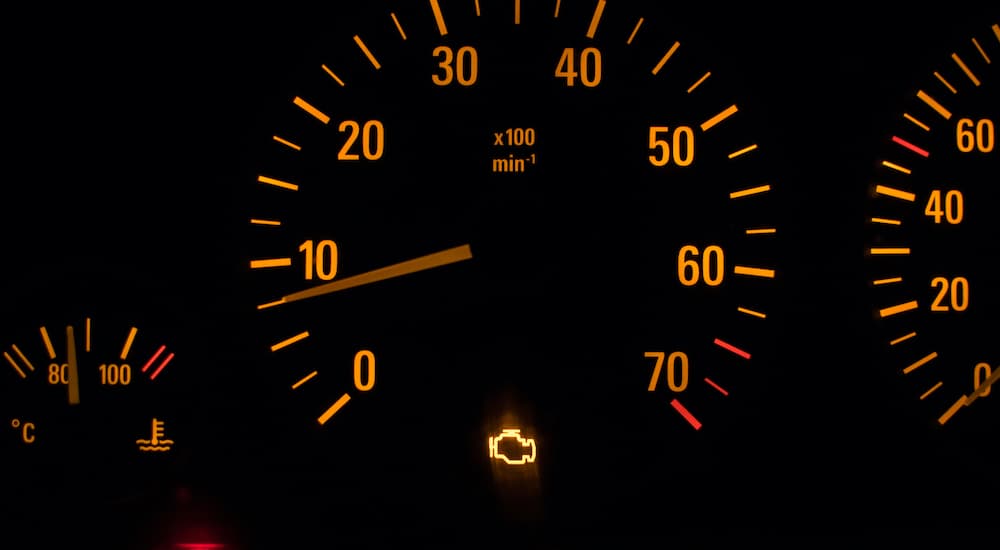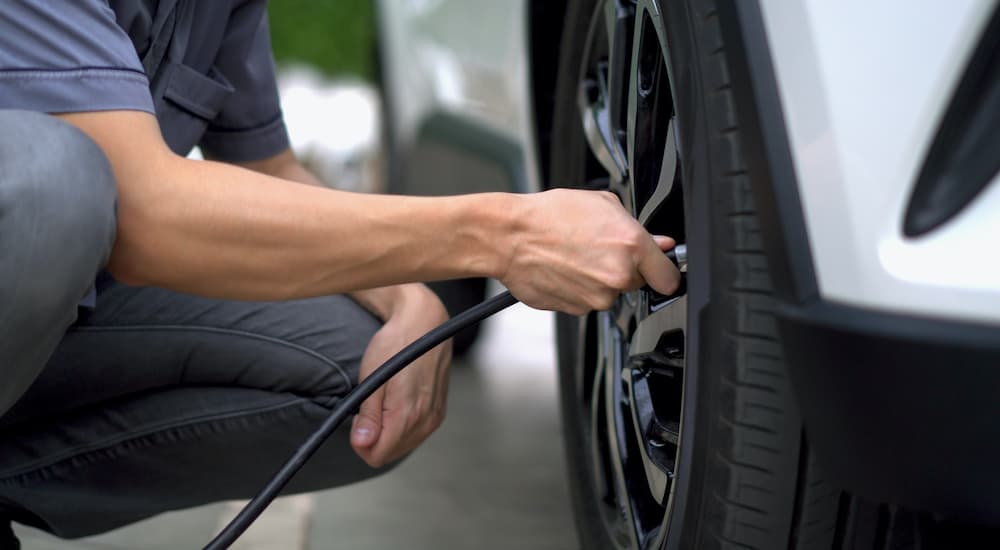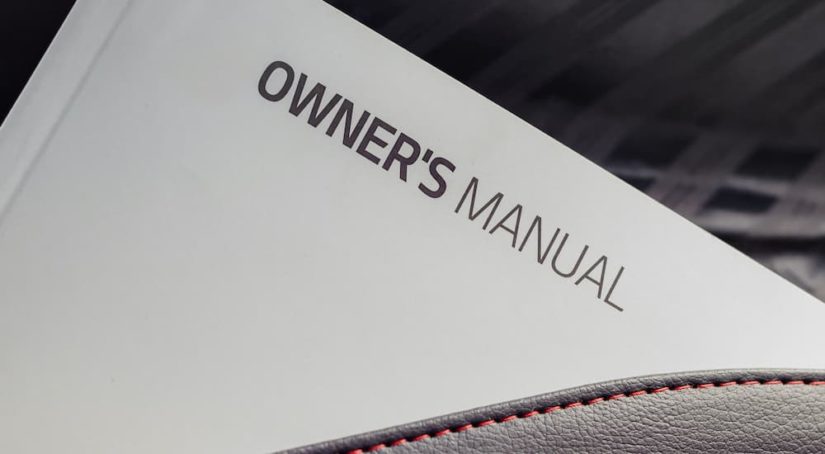Your first car is more than a way to get to work and display that collection of bumper stickers you’ve been curating since middle school: it’s a priceless ticket to freedom, giving you the independence and mobility you’ve long been dreaming of. While it’s in your best interest to keep your first car chugging along for as long as possible, finances can often be tight for new drivers owing to busy schedules and part-time employment – after all, that’s why you probably found your car after searching for “used cars for sale near me” rather than by visiting your local luxury car dealership.
Lack of funds often means big-budget repairs are often out of reach, making preventative maintenance more important than ever. While unpacking the mysteries of internal combustion might not fit into the jam-packed schedule of first-time drivers, there are a few simple tips for increasing the lifespan of your vehicle that will allow you to head off expensive repairs while also giving you a better understanding of what exactly is going on under the hood.
Below, we outline some of the most basic steps you can take to prolong the life of your first vehicle. While most of these tasks are fairly unintimidating, they do require some basic understanding of what’s going on under the hood. Take this opportunity to do some hands-on learning; study a diagram of your vehicle’s engine compartment, practice checking fluid levels, and try to reach a level of confidence where, if necessary, you could at least accurately describe to the AAA dispatcher exactly which part of your vehicle is currently on fire.
#1 – Read the Owner’s Manual and Maintenance Schedule
There’s a simple cheat sheet for how to get the most out of your vehicle, and it’s probably in your glove box as we speak. The owner’s manual is not only a useful guide for familiarizing yourself with all the different parts of your vehicle – it also provides tips and maintenance schedules prescribed by the company that actually built it. You might think everyday driving would be enough to unveil all of a vehicle’s little secrets and quirks, that is, until you’re stranded on the side of the highway with a flat and have no idea where your jack is.
The manual will also recommend which specific oils and fluids will allow your vehicle to perform at its best, as well as giving specific guidance on replacement parts such as tires, batteries, windshield wiper, headlights, and more. Most manuals also feature a section detailing common issues unique to your specific make and model, which could save you significant time over seeking more general advice.
#2 – Ease into a Cold Car and Avoid Shorter Trips
You might think of your vehicle as an inanimate hunk of metal and plastic, and it is, but that doesn’t mean it doesn’t have feelings. Much like you, your vehicle appreciates a little time to get up and go in the mornings. When starting your vehicle in colder temperatures or for the first time in a given day, give it a little time to acclimate before asking too much of it. Cold weather not only makes it more difficult for your car battery to do its thing but also leads to thicker, lower-performing oil.
In such scenarios, drive at a reasonable pace and let your engine temperature get up to a moderate level before really putting your foot on the gas. Avoid taking short drives on frigid days, as the condensation that accumulates in the system doesn’t have enough time to evaporate and can cause your muffler to rust out prematurely. Try to plan out your route to maximize efficiency and reduce the number of times a car will be parked long enough to cool off completely, and consolidate your errands into one big trip instead of making shorter trips.

#3 – Don’t Ignore Check Engine Lights
“Check engine” or “service engine soon” are not just suggestions; they’re vital feedback. While it can be tempting to ignore this bright orange beacon of potential trouble, that will likely exacerbate whatever issue you might have going on. While sometimes there will be frustratingly simple fixes for these error codes – a new gas cap has been known to eliminate some air-fuel mixture-related issues – don’t count on it being so simple.
If you’re a true DIY-er or just curious to learn more about the inner workings of your vehicle, invest in an OBD2 reader, which can display a vehicle’s error codes and tell you what set off the check engine light in the first place. Affordable options run anywhere between $20 and $80 dollars and have come a long way in recent years. A number of basic OBD2 readers will even work with your phone, giving you a modern interface and additional information. Simply input the make and model of your car, and these apps will translate complex car jargon into easy-to-understand terms, giving you a better idea of what’s wrong and even suggesting potential fixes.
#4 – Check Fluids Regularly
Your engine is a symphony of metal parts clanging against each other to get you down the road, and oil is what makes it all possible. Without the lubrication provided by this special sauce, your powertrain would self-destruct in no time, which should make the importance of oil changes in your maintenance schedule pretty obvious. Most vehicles should have their oil changed every 5,000 to 10,000 miles (or every six months to one year). You should also replace your oil filter at the same time, or it’s all a bit like taking a shower and then immediately putting on dirty clothes. If you’re feeling ambitious, learn how to change your own oil. It requires a few special tools, but you’ll save money in the long run. It’s a dirty job, but ultimately a simple one.
Other important fluids that don’t require such frequent replacement include brake fluid, power steering fluid, and coolant. Check these fluid levels whenever you find yourself under the hood, and plan on a full flush and replacement every few years. Transmission fluid should also be replaced after a certain point if you are driving an older used car, though as with all fluids aside from oil, some of these procedures might be a little advanced for more casual drivers. Still, at least be aware of when these fluid changes should take place so you can ensure that your mechanic is following the proper maintenance schedule.
#5 – Check the Air Filter
Probably the easiest preventative maintenance you can do outside of topping off your fluids, a fresh engine air filter can do wonders for both the immediate performance and long-term health of your vehicle. Replacing the air filter every year or 15,000 miles will improve acceleration, reduce emission and allow for better airflow. Some studies have shown that a new air filter can increase both fuel efficiency and acceleration by as much as 10 percent, which, at around $10 for a new filter, should be a no-brainer. The air filter compartment is usually easy to locate under the hood, is often just fastened with clamps, and won’t physically allow you to insert the new filter incorrectly, leaving you with no excuse to neglect this simple fix.
#6 – Don’t Drive Like an Idiot
A crazy concept here: if you don’t abuse your vehicle, it’ll last longer. While we understand the urge to peel out of every stoplight, drift into turns, and hit the brakes at the last second, the fact remains that you’re not Vin Diesel, this isn’t a Fast & Furious sequel, and you’re only taking money out of your own pocket. Accelerate and brake at a steady pace: not all at once. That “drifting” screech you get from taking corners too fast might be fun but just think of the extra shifts you’ll have to pull to replace the tires you’ve left melted to the asphalt.
#7 – Listen For Weird Noises
New drivers might have a hard time distinguishing the normal sounds of a vehicle in operation from those which should be more alarming. Get acquainted with the sound of a healthy vehicle so you can tell when something is off. Turn down your immaculate driving playlist every now and then and check in with your vehicle, listening for any new or unusual sounds. When moving at higher speeds, it can often be difficult to hear anything over the roar of your engine, but pay special attention when passing concrete dividers or while in a tunnel, and you’ll be able to hear some of those less-obvious rattles and ticks reverberating back at you. This trick also works while idling next to a building or, more likely, at your favorite fast-food drive-thru.
#8 – Keep the Gas Tank Full
Listen, we get it. If it’s between topping off the gas tank and pre-ordering those festival tickets, it’s a no-brainer; just don’t make a habit of it. The temptation to wait until the “low fuel” light is illuminated before finding a gas station is real, but like so many maintenance issues, it comes down to one of those annoying “ounce of prevention > pound of cure” situations your dad loves to quote. In cold temperatures, condensation can even form in the tank leading to engine or tank corrosion, frozen fuel lines, and more. Fuel pumps also struggle when faced with low gas levels, sucking in excessive amounts of air which could damage the pump in the long run. To be safe, experts recommend keeping your tank at least 1/4 of the way full during warmer months and at least half-full during the winter.

#9 – Check the Tire Pressure
This one might seem pretty obvious, but you’d be surprised how much money it could end up saving in the long run. Not only do properly inflated tires increase overall fuel efficiency and save you money at the pump, but they also prevent costly blow-outs. This second point is especially important for new drivers on a tight budget: while you might think of popping a tire as an annoying if inevitable expense, it can actually end up being far more costly. That’s because many manufacturers and tire shops will vehemently recommend replacing not only the blown tire, but the entire set or, at a minimum, the matching front or rear tire.
This isn’t some high-pressure sales technique as much as it is a safety issue: an imbalance between the wear on your tires can decrease overall traction, wear other tires out more quickly and confuse automated systems such as traction control and anti-lock brakes. This is especially true for all-wheel drive and four-wheel drive vehicles, which rely on predictable traction from all four tires to deliver optimum performance, so definitely don’t skimp out there.
#10 – Never Stop Learning
These are just a few ways you can improve the lifespan of your first vehicle, but the possibilities are endless. While this guide serves as a good starting point, there is so much more for new drivers to learn. Curious to dive a little deeper? Look up some YouTube videos on slightly more advanced maintenance tasks and fixes, study that owner’s manual, and gain a level of familiarity with your vehicle so that you’ll quickly be able to identify when something isn’t quite right.
We should also mention that while the DIY route will help you build your comfort and understanding of your vehicle, there is nothing quite as valuable to any driver as a trustworthy mechanic. Find an expert you can get along with and try to stick with the same garage for all but the most specific fixes. This consistency will help you build a trusting relationship and help the mechanic achieve a better understanding of your specific vehicle. Just remember that there is always more to learn about your vehicle, and your used car will last a lot longer than you might have expected.



